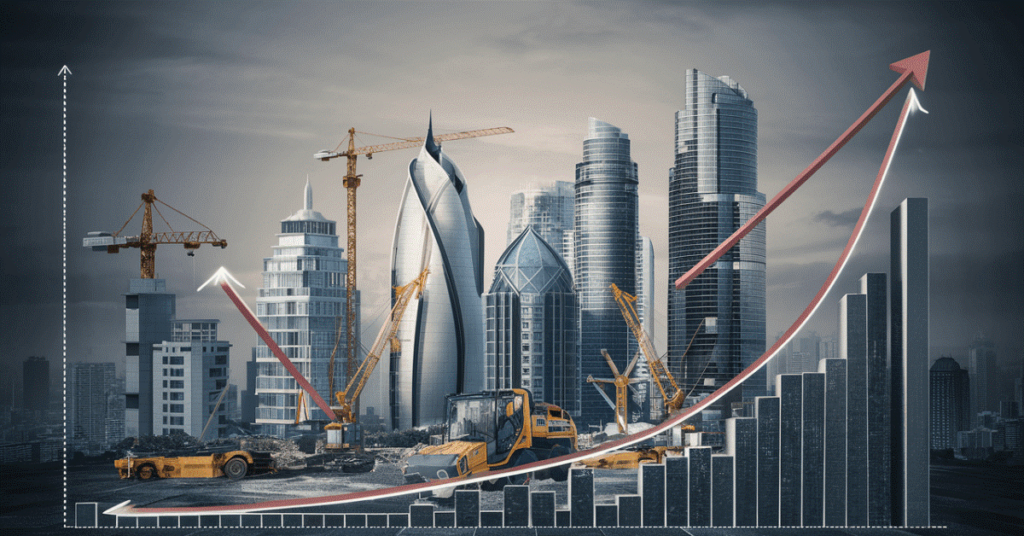In today’s rapidly evolving real estate market, the integration of advanced technology into property modernization projects is no longer a luxury—it’s a necessity. For multi-family and commercial property owners, leveraging capital expenditures (CapEx) effectively can significantly enhance property value, improve tenant satisfaction, and boost operational efficiency. This blog explores how technology integration, with a focus on hiring the right Multi-family Renovation Contractor, can transform properties and ensure they meet modern demands.
The Importance of Technology in Property Modernization
The integration of technology into property renovation is crucial for several reasons:
- Enhanced Security: Modern security systems, including smart locks, surveillance cameras, and access control systems, provide tenants with a heightened sense of safety and security.
- Energy Efficiency: Smart thermostats, energy-efficient lighting, and automated building management systems can significantly reduce energy consumption, leading to cost savings and a smaller environmental footprint.
- Tenant Satisfaction: High-speed internet, smart home features, and other modern amenities are becoming essential for attracting and retaining tenants.
- Operational Efficiency: Advanced property management software and IoT devices can streamline maintenance tasks, reduce downtime, and improve overall property management.
Leveraging Capital Expenditures for Technology Integration
Capital expenditures are major investments in property upgrades and renovations that can yield long-term benefits. When planning a modernization project, it’s essential to allocate a portion of the CapEx budget to technology integration. Here are some strategic areas to consider:
- Smart Building Systems: Investing in building automation systems (BAS) can improve energy management, lighting control, and HVAC efficiency. These systems enable property managers to monitor and control building operations remotely, leading to substantial cost savings.
- High-Speed Internet and Connectivity: Upgrading the property’s internet infrastructure to support high-speed connectivity is essential for both multi-family and commercial properties. This investment can enhance tenant satisfaction and support the increasing demand for remote work and digital communication.
- Security and Access Control: Modern security solutions such as biometric access control, smart locks, and integrated surveillance systems can enhance the safety of the property. These technologies not only provide peace of mind to tenants but also reduce the risk of unauthorized access and potential liabilities.
- Smart Home Features: For multi-family properties, integrating smart home technologies like smart thermostats, lighting, and voice-controlled assistants can significantly increase the property’s appeal to tech-savvy tenants. These features offer convenience and energy savings, making the property more attractive in a competitive market.
- Sustainable Solutions: Investing in green technologies, such as solar panels, energy-efficient appliances, and water-saving fixtures, can reduce utility costs and attract environmentally conscious tenants. These sustainable solutions contribute to a positive brand image and can qualify the property for green certifications and incentives.
The Role of a Multi-family Renovation Contractor
Choosing the right Multi-family Renovation Contractor is critical to the successful integration of technology in property modernization projects. An experienced contractor can provide valuable insights, recommend the latest technologies, and ensure seamless implementation. Here are some key qualities to look for in a contractor:
- Expertise in Technology Integration: The contractor should have a proven track record of integrating advanced technologies into multi-family and commercial properties. This includes experience with smart building systems, IoT devices, and energy-efficient solutions.
- Comprehensive Planning and Execution: A reliable contractor will develop a detailed renovation plan that outlines the technology integration process, timelines, and budget. They should coordinate with technology vendors and ensure all installations meet the highest standards.
- Cost-Effective Solutions: The contractor should provide cost-effective solutions that maximize the return on investment (ROI) for the CapEx budget. This includes selecting technologies that offer long-term benefits and require minimal maintenance.
- Tenant-Centric Approach: The contractor should prioritize tenant satisfaction by incorporating features that enhance the living or working experience. This includes minimizing disruptions during the renovation process and ensuring timely completion of the project.
- Compliance and Safety: The contractor should ensure all technology installations comply with local regulations and safety standards. This includes obtaining necessary permits and conducting thorough inspections.
Conclusion
Integrating technology into property modernization projects is essential for staying competitive in the multi-family and commercial real estate market. By leveraging capital expenditures effectively and partnering with a qualified Multi-family Renovation Contractor, property owners can enhance property value, improve tenant satisfaction, and achieve long-term operational efficiency. Embracing technological advancements is not just about keeping up with trends; it’s about future-proofing properties and creating sustainable, attractive, and secure living and working environments.
